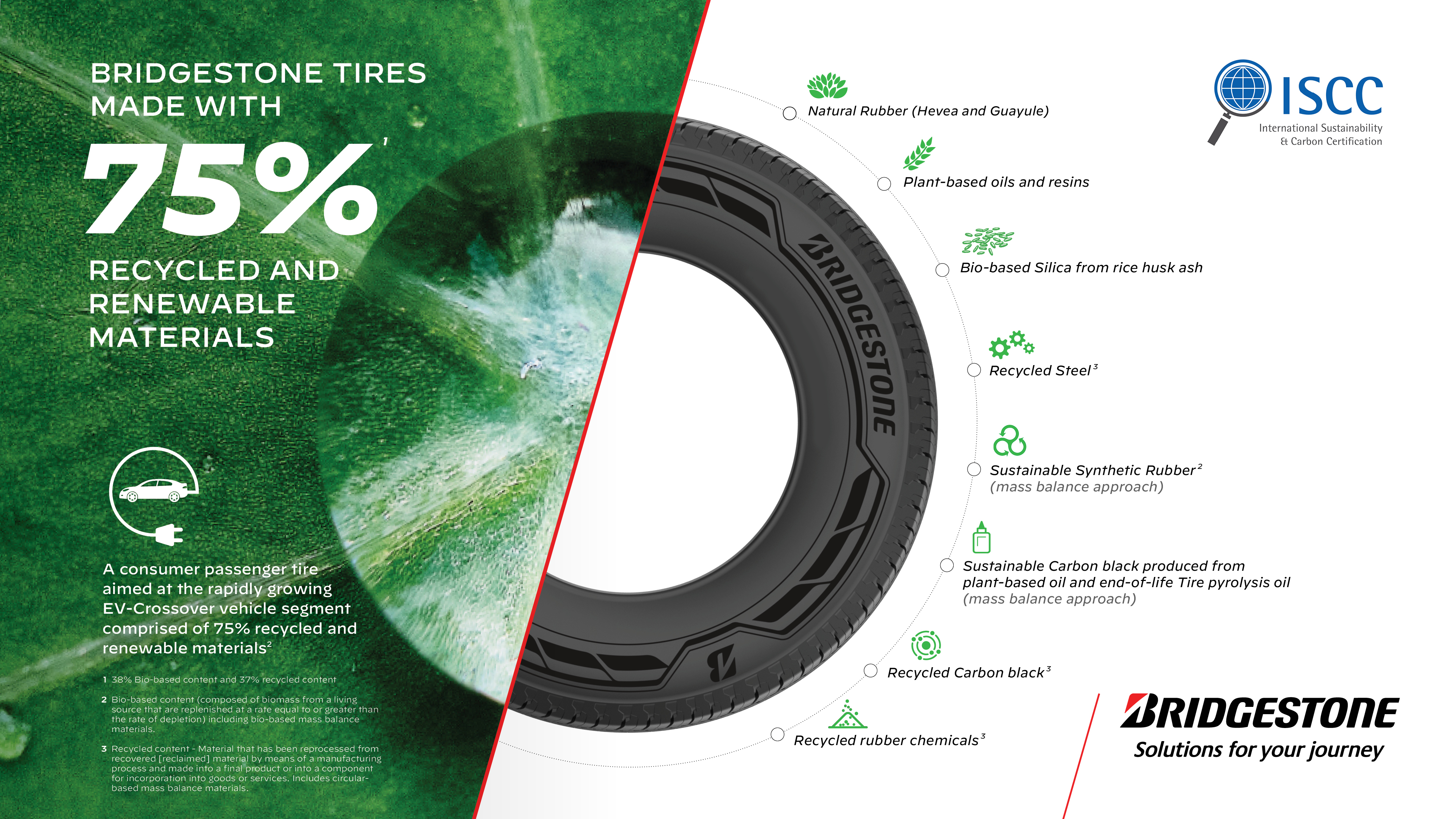Since 1992, the average sea level rise around the world has been 2.2 inches (5.59 cm); scientists have been trying to account for its origins.It is a complex phenomenon to contemplate as forces like the Earth’s gravity field come into play. Two programs GRACE (Gravity Recovery and Climate Experiment) and IceSat (Ice, Cloud and Land Elevation Satellite) have determined that all glaciers on earth are currently losing glacial mass to the oceans.
Dr. Timothy James of the Glaciology Group at Swansea University in the UK is studying the Helheim Glacier, one of the largest glaciers draining ice from the Greenland ice sheet. The glacier is over 125 miles (200 km long) and its front is almost 4 miles (6 km) wide and flowing as fast as 65 feet (30 m) a day. In 2010 James and his colleagues witnessed one of the largest “calving” events ever caught on camera.
Time Lapse of melting of Helheim Glacier “Calving”
Time Lapse of melting of Columbia Glacier between June and October 2004.
Why Melting Glaciers Are Important
According to the journal Science, the world’s glaciers lost 260 gigatons (gt) of water each year between 2003 and 2009. In a study seeking to understand melting glaciers’ contribution to sea level rise, it was concluded that 30% is due to melting and the remaining 70% to the expansion of water as it warms.
Current models show an increase in sea level rise of between 4 to 9.8 inches (10 to 25 cm) by 2100. This range of sea rise is a concern because it would lead to flooding of low-lying areas around the globe, including many major cities.






